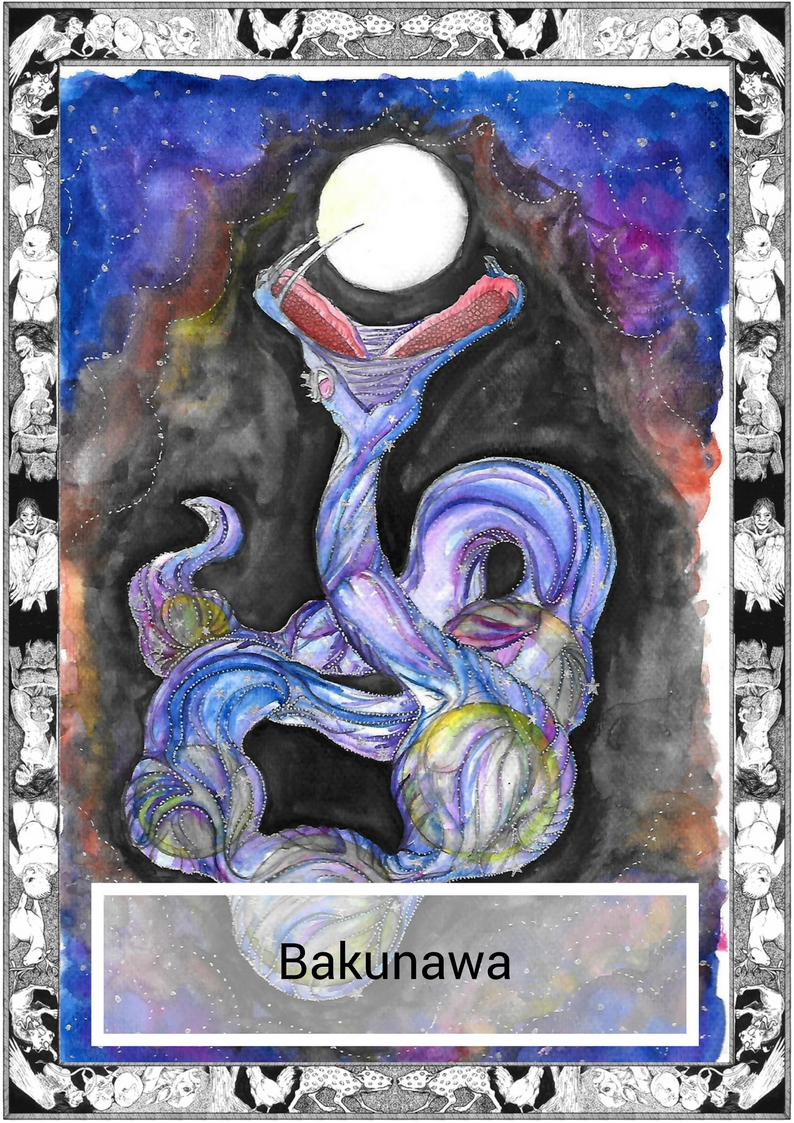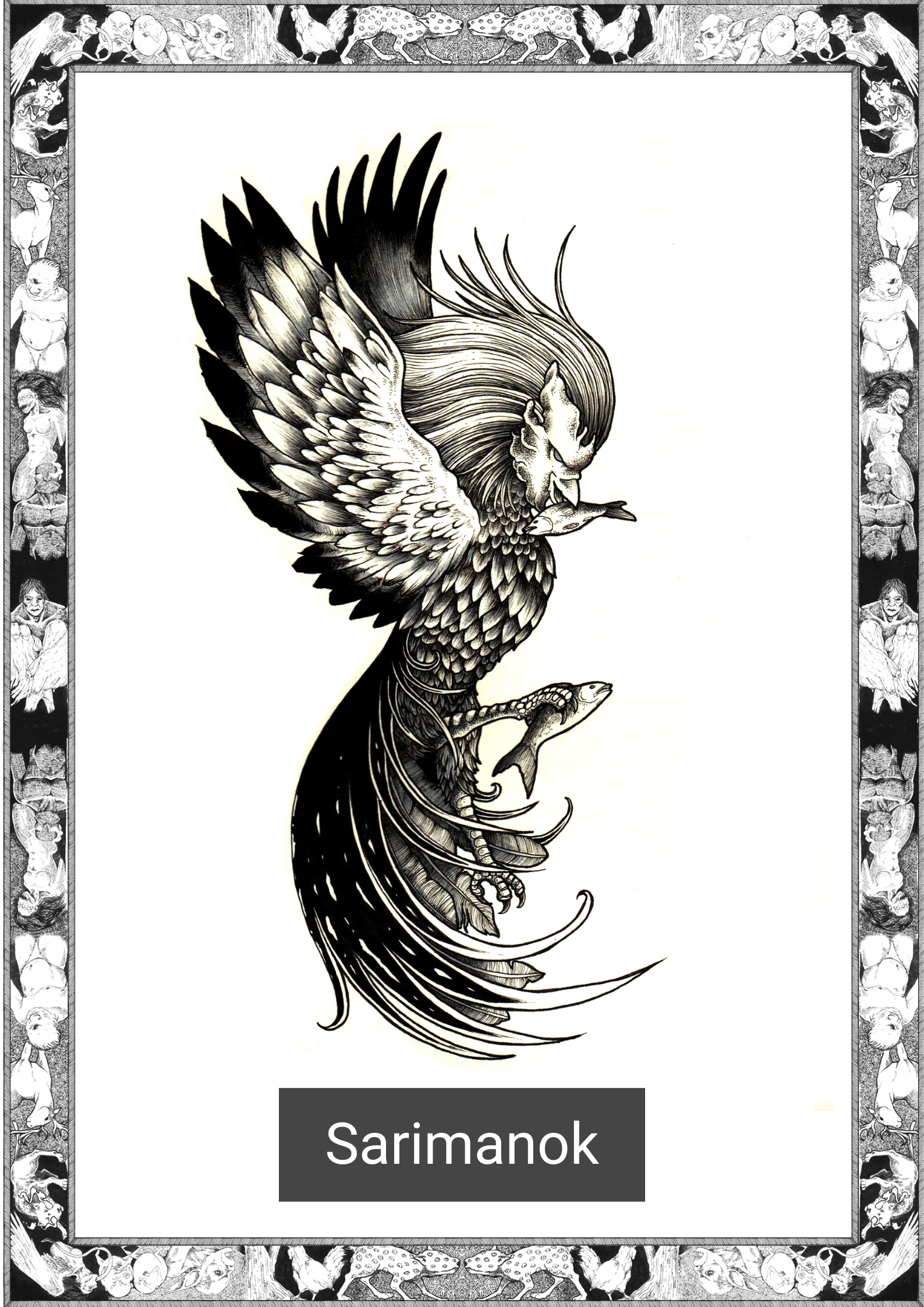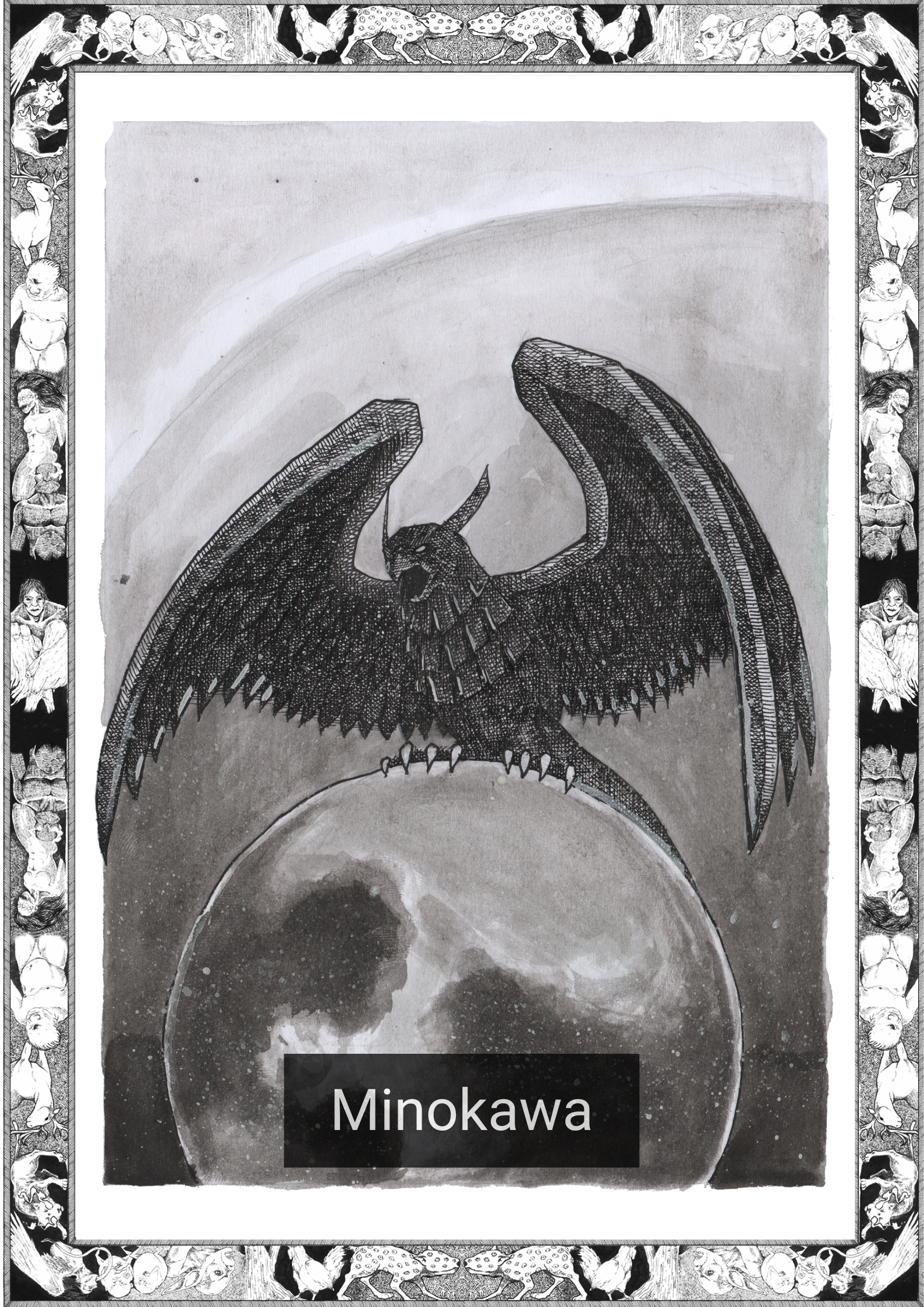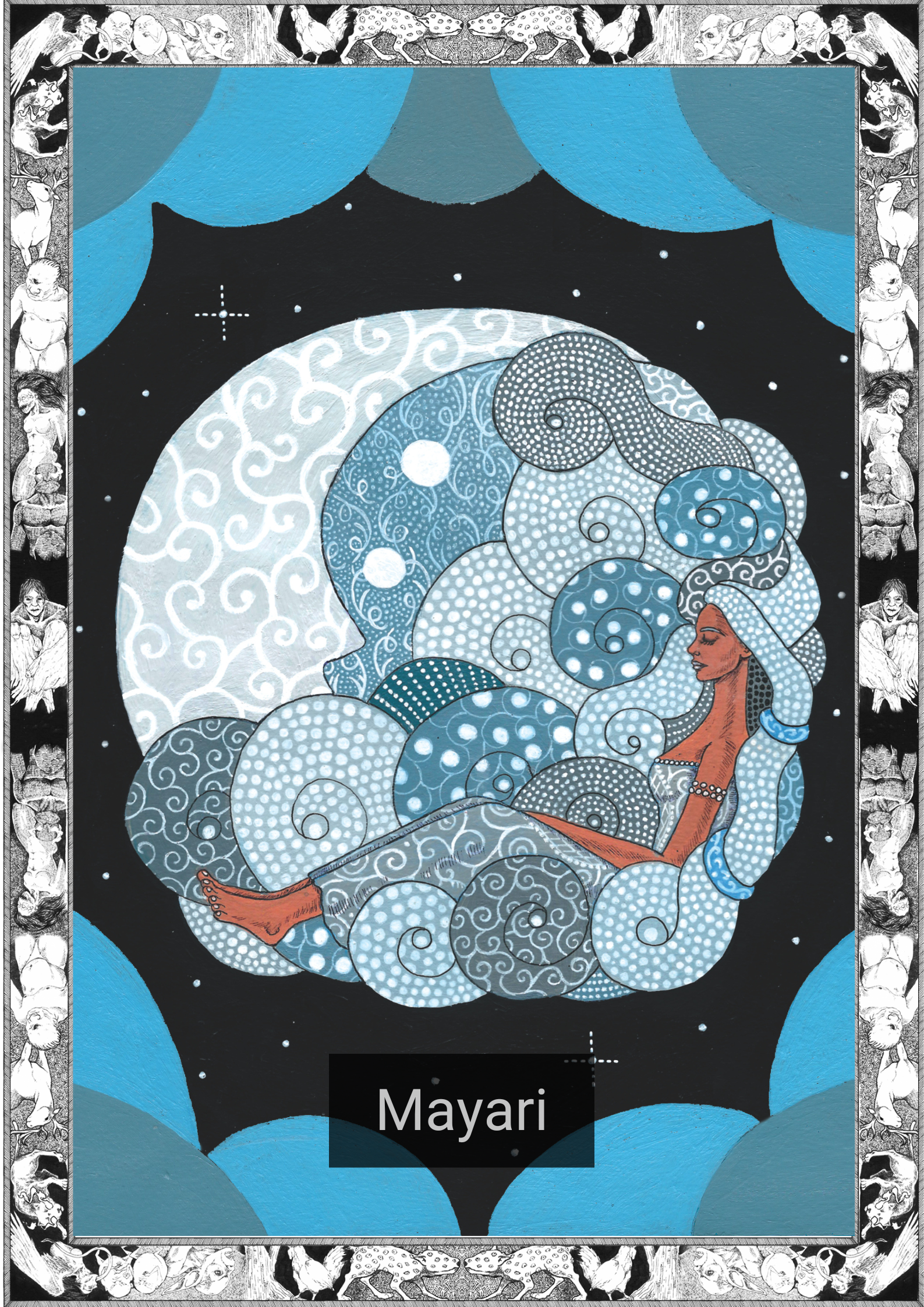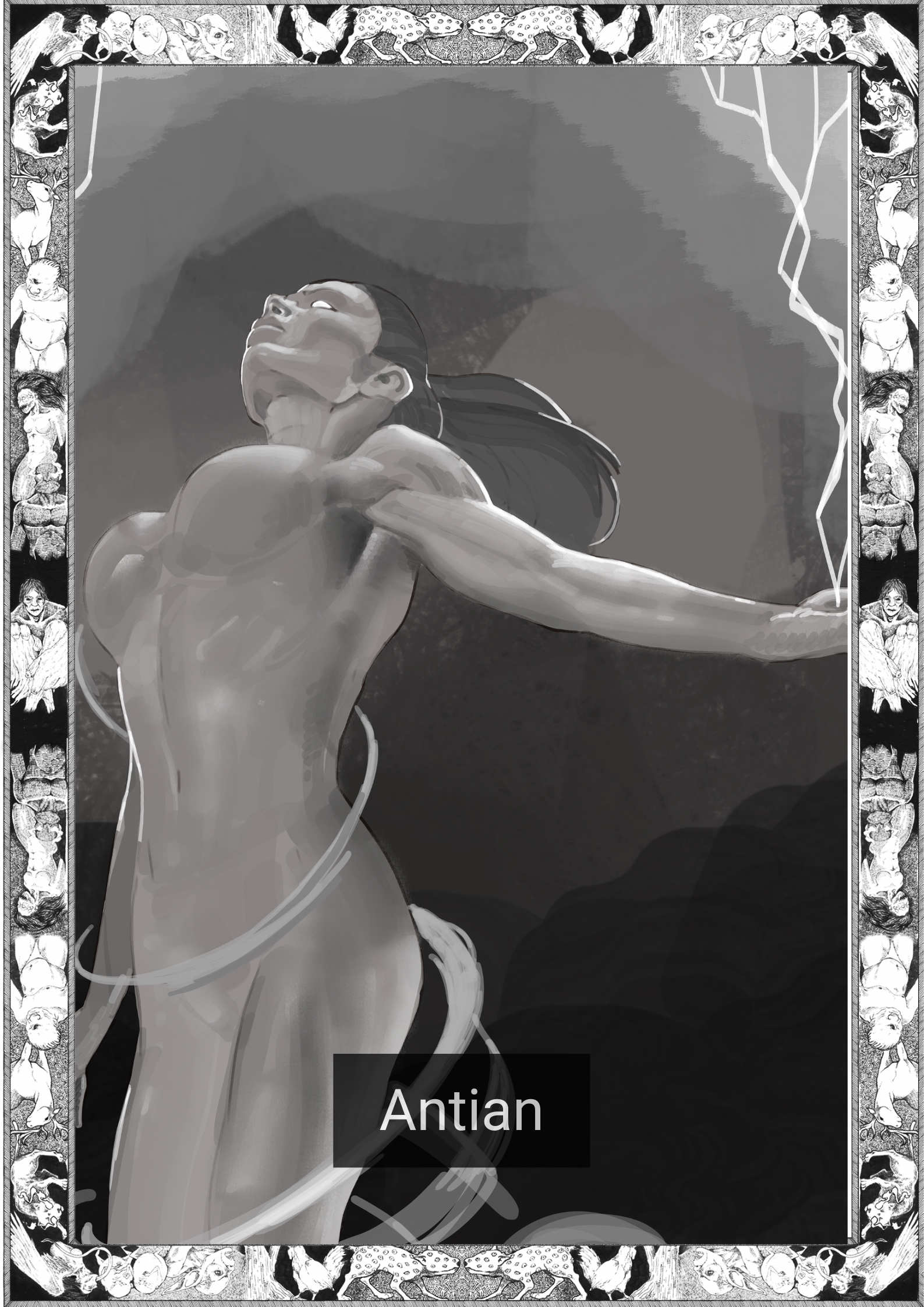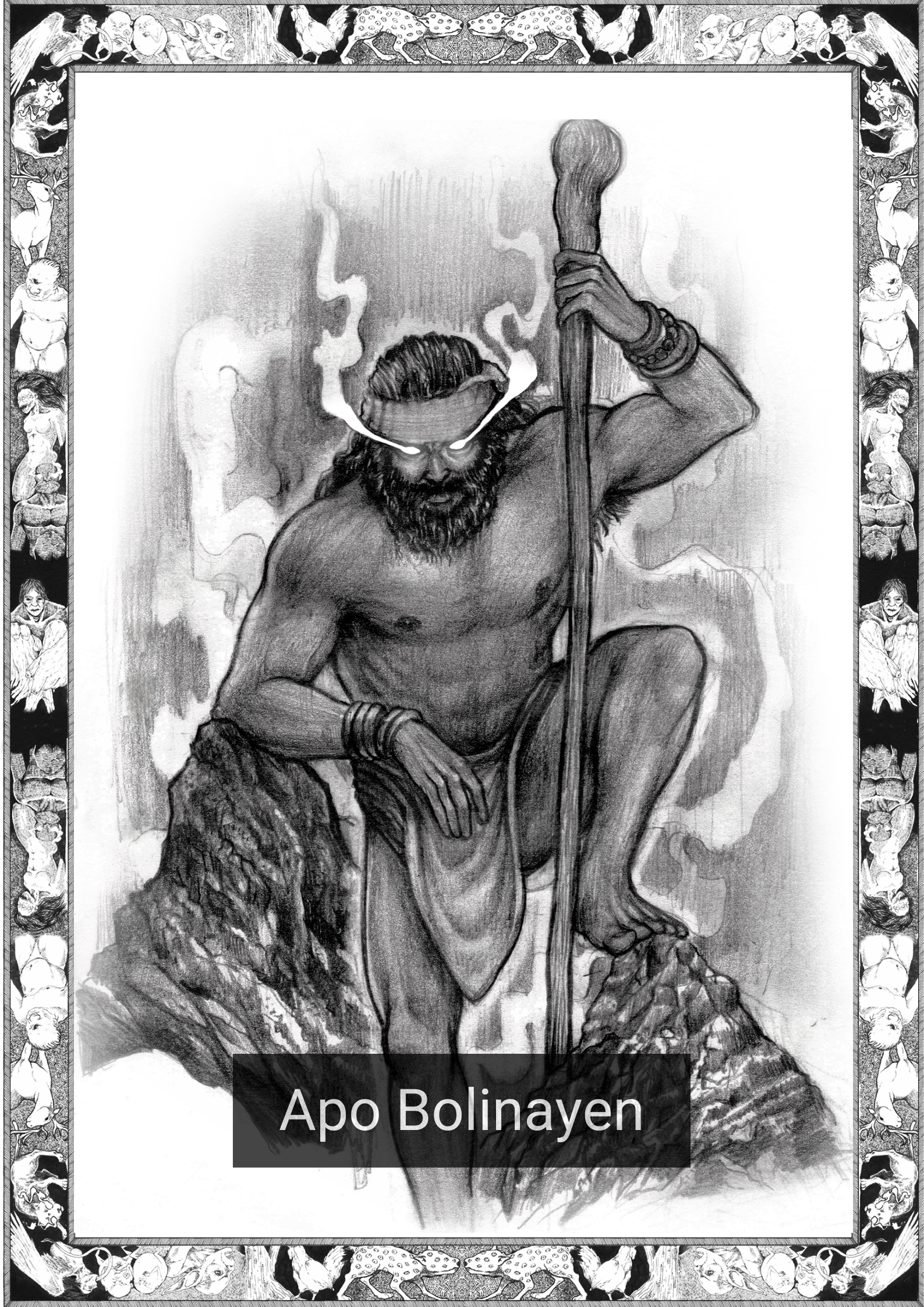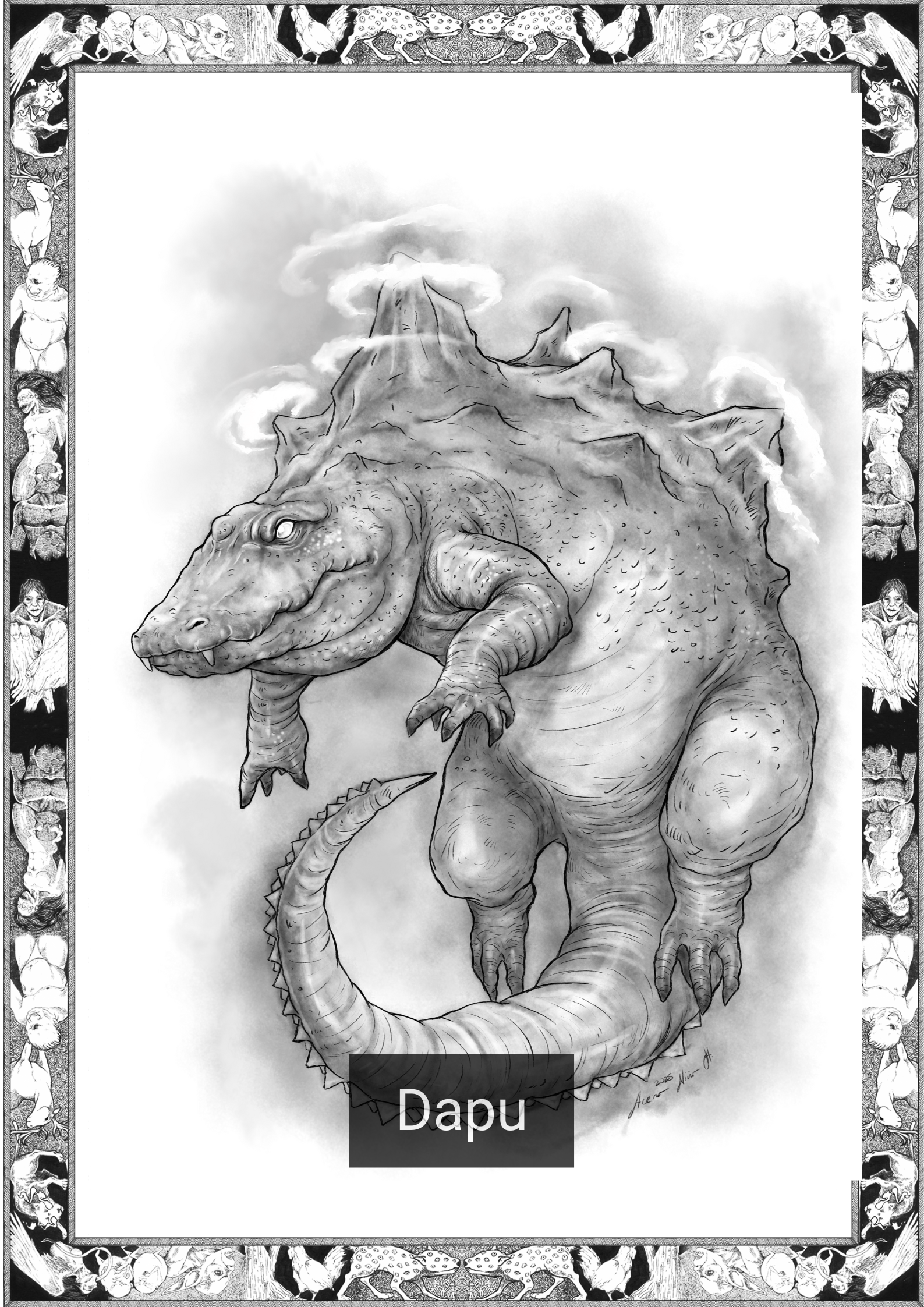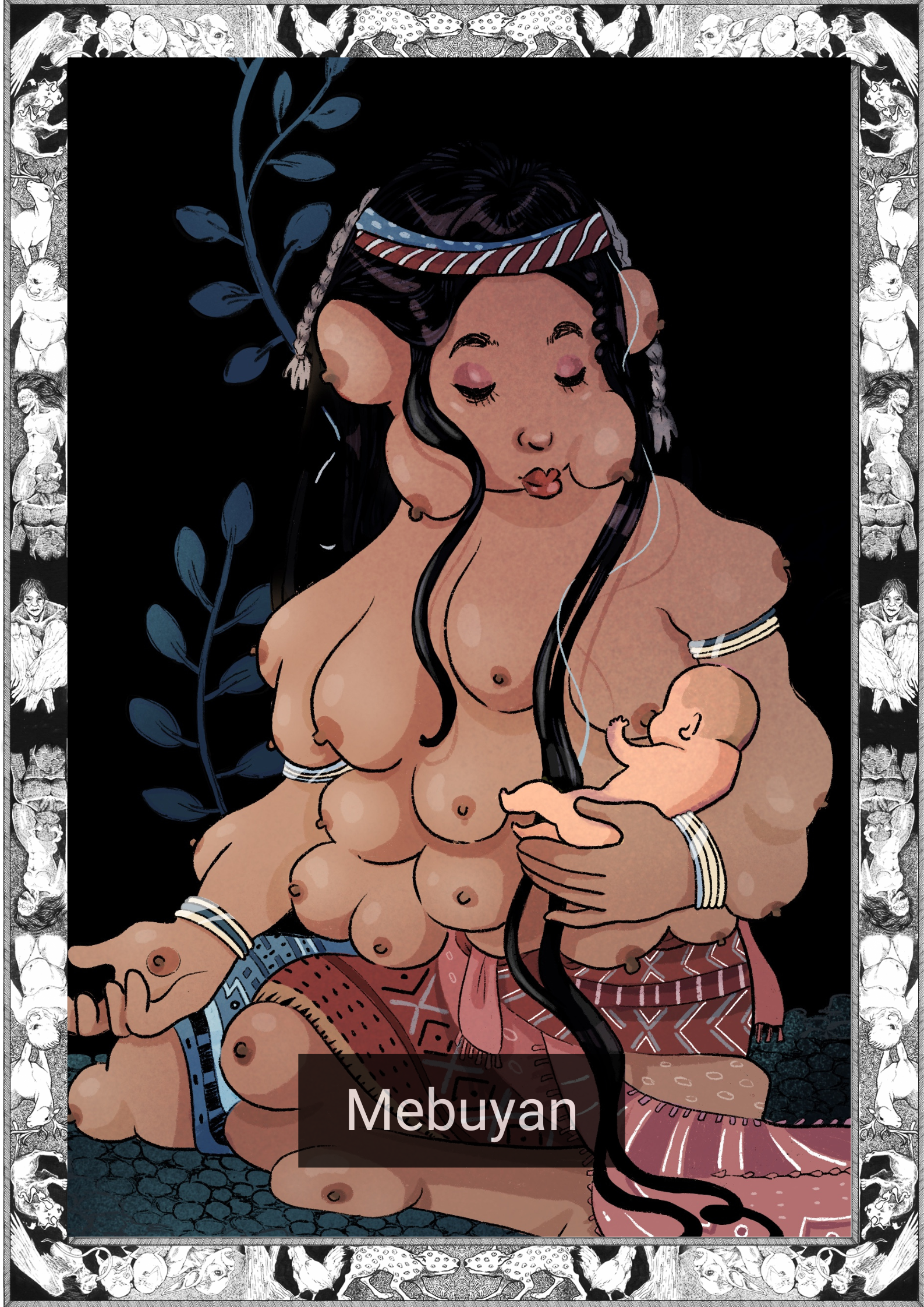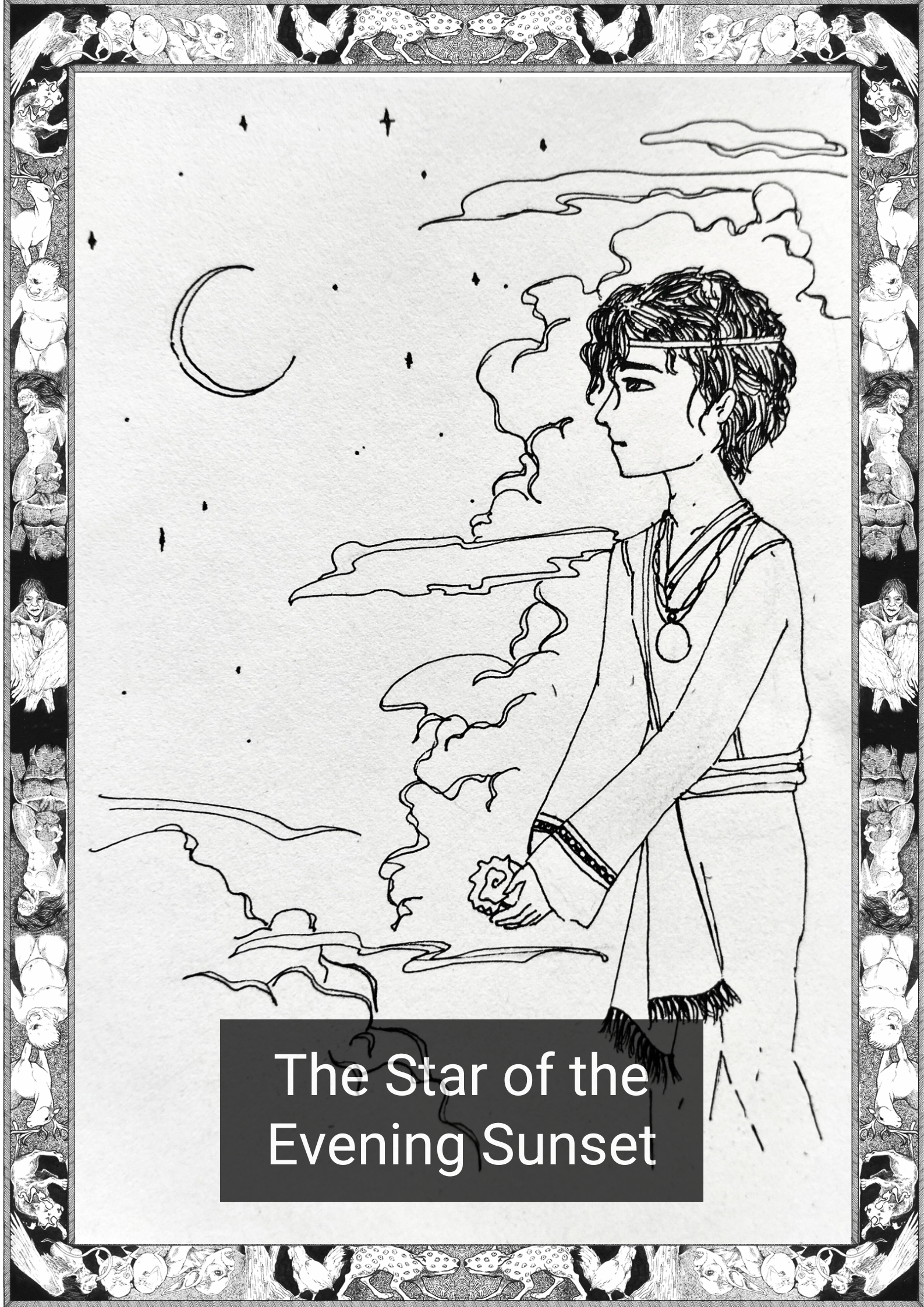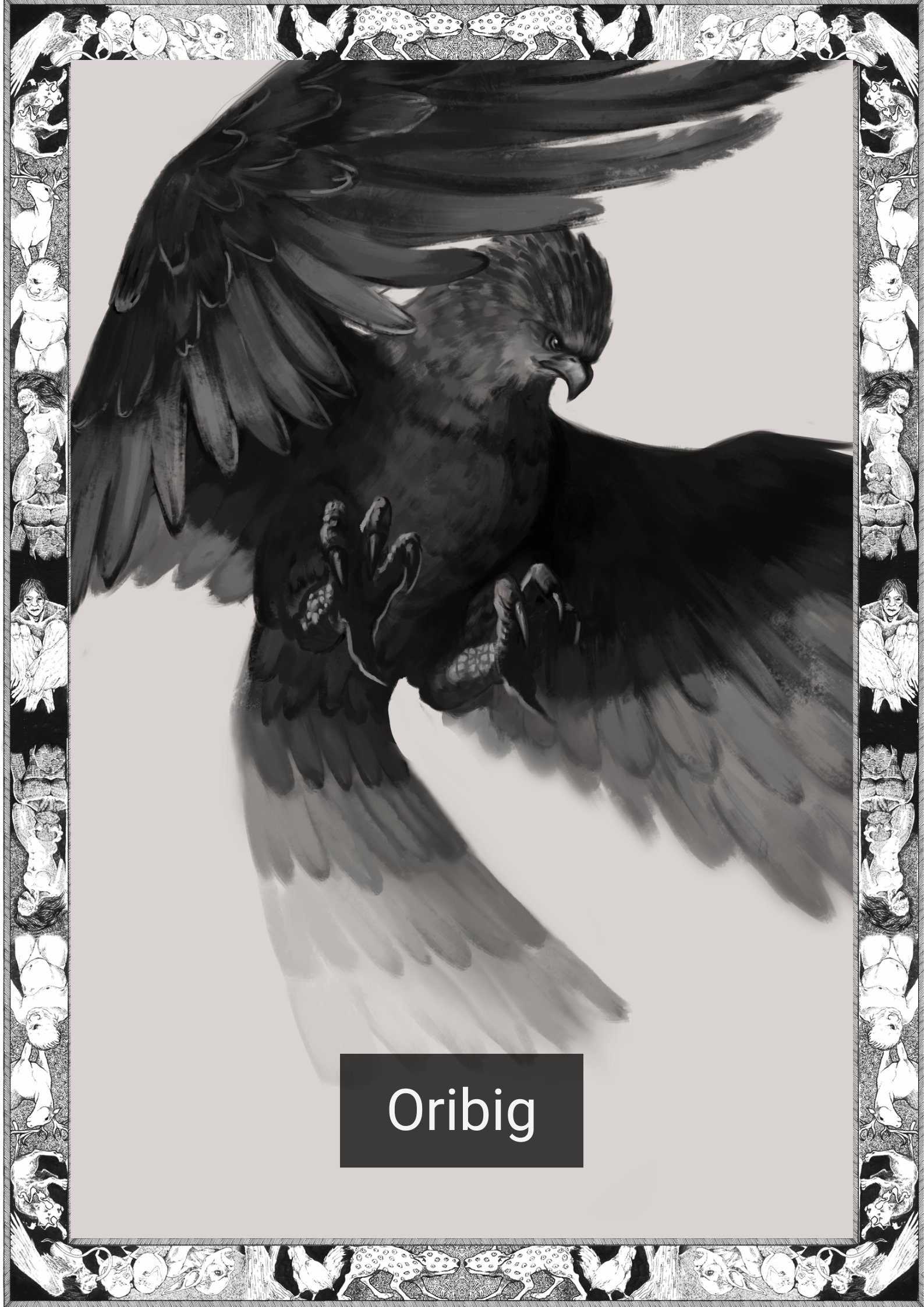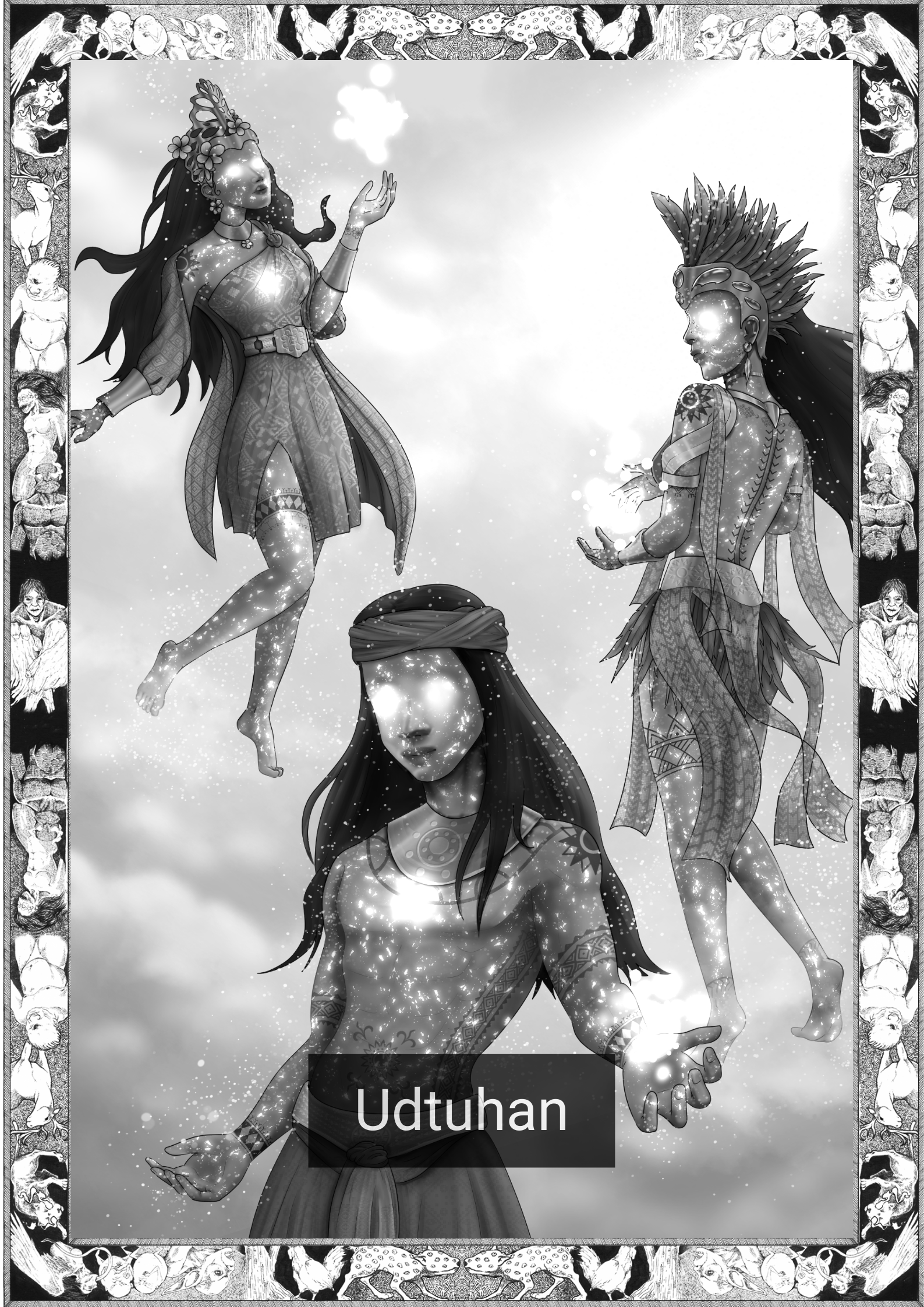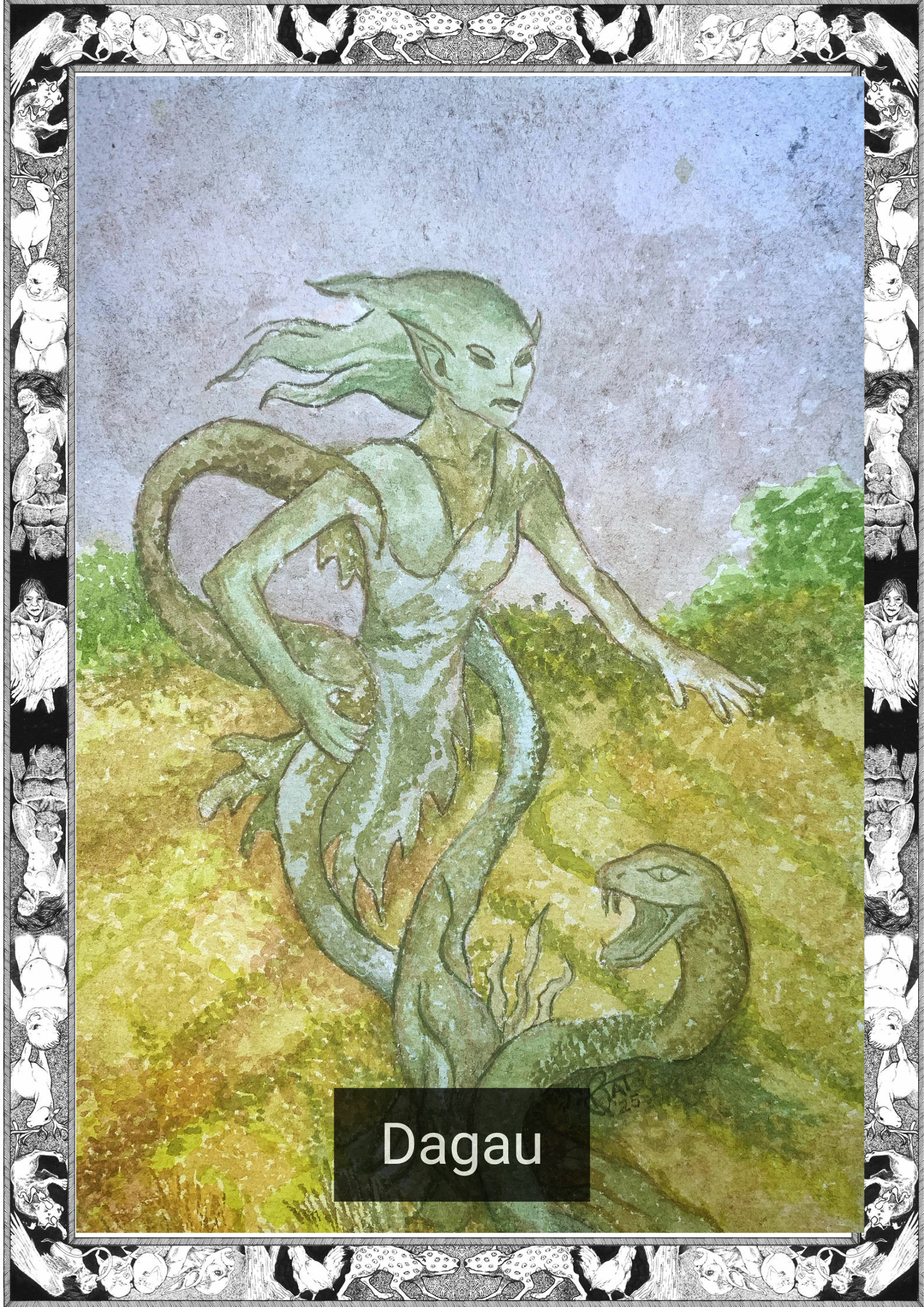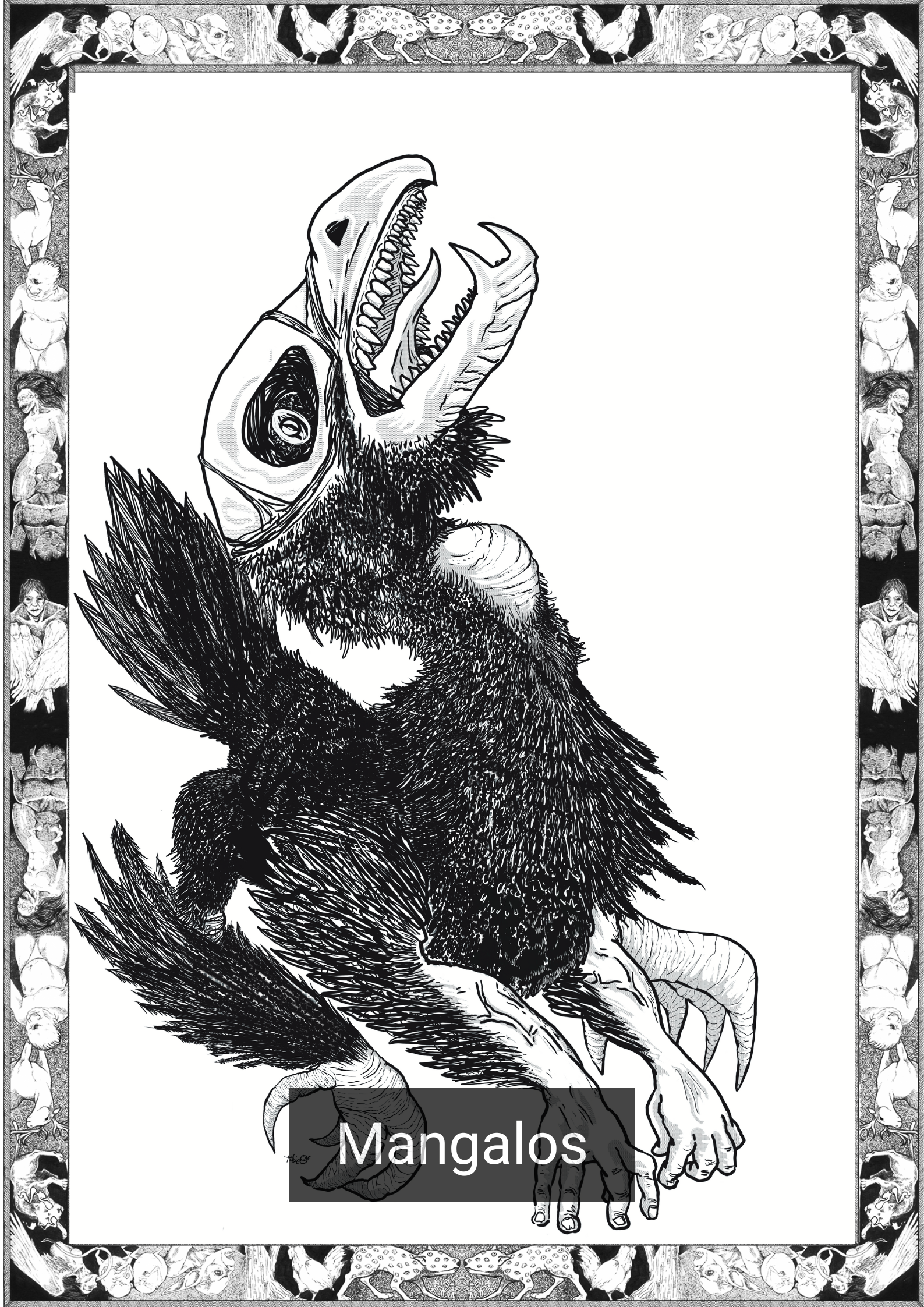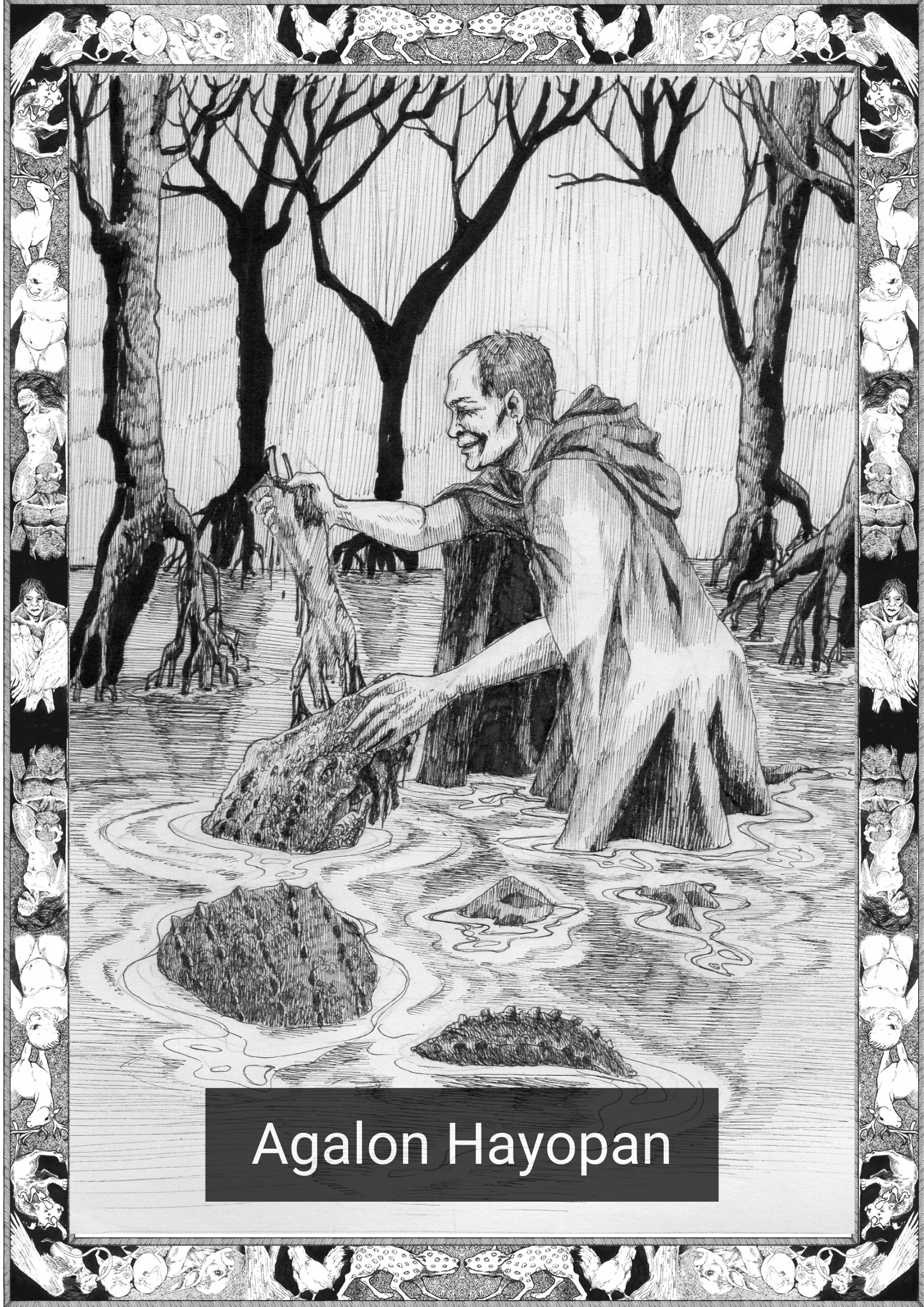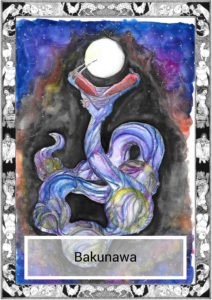
*Note this story is in Waray
Pito nga bulan an umagi ngan pito man guihapon kahigayon nahigugma an dako nga serpente. Ha paglabay han kalangitan kada gab-i, nakikit-an an kaanyag ngan kahusay han magburugto na kun diin mas pursigido an serpente nga mahadakpan para makaunan niya ine hin bug-os.
Ha siyahan nga gab-i, nasipatan an langit nga madalumdom ngan diri malamrag ngan nahakaunan han serpente an usa nga bulan han magburugto.
Lumabay an pira kabulan, an bulan nga nahilamunan han serpente hin nawara ha iya tiyan. Tungod han iya pagkadiskuntento, namiling hiya hin maaangkon nga usa pa liwat nga bulan ngan gintestingan niya ini. Sugad man han una, nawara guihap an bulan.
Kun iihapon, unom nga bulan an iya nabiktima nga ha kada may nawawara, duroy nga nagtitikasirom an langit.
Hi Bathala, usa nga hadi ngan may trono han kalangitan hin napapausa kun kay-ano nga nawawara na an lamrag han langit kada gab’i. Diri hiya maaram kun ano an nahihitabo. Han usa kagab-i, usa nga alagad an dumaop han iya pagpahuway. Hito la nga higayon ngan orasa, gintetesting paglamoy han serpente an ikapito nga bulan. Suminggaak an mga katawhan kan Bathala nga depensaran ngan umato agud diri mawara an lamrag ha kadayunan. Agi han kahadlok han aringasa han mga tawo, kumarikas dayon an serpente.
Tungod han panhitabo, nagpinanmurubuot hin hul-os an makagarahum han hadi. “Paanan-o kun lamuyon han serpente an ikapito nga bulan?”. Agud malikayan ini nga panhitabo, nagtanom hiya hin kawayan ha nawong han bulan para maging senyales. Diri napapugong an serpente, makadamo ka-beses niya gintetestingan nga mahikaunan an ikapito nga bulan ha magburugto. Ha kadamo nga pagtesting han serpente, makadamo guihap hiya madismayo. Ha mga singgit ngan aringasa han drum, nakalagiw dayon ngan naghuhulat nala an serpente han iya swerte para han iya intensyon.
Siring pa han kalagsan, hasta na aada an kawayan ha nawong han bulan, diri makukuha han serpente an iya karuyag mahitabo ngan diri man liwat magtatapod an mga katawhan. Hasta nga an serpente namimiling han iya premyo, an marisaw nga aringasa tikang han mga singgit han mga lalaki ngan babaye hin pirmi mababatian.
=———————————=
English Version
Seven moons there were, and seven times the great serpent fell in love. Each sister was looked at with wonder and admiration as they passed through the night sky. The serpent decided that
he must possess these lovely beings and seek to swallow them whole.
On that first night, the sky would forever be a little less brilliant, for the serpent took one of the sisters in his gaping jaws and swallowed her.
Months passed, and the moon which the serpent had swallowed, had disappeared into his stomach. The serpent would not be satisfied unless he possessed another moon, so he tried again. But just like the last time, the moon melted away. Six moons were his victims; with each one lost, the night sky dimmed further.
Bathala, on his throne in the skies, had noticed that the nights had lost their light. He did not know what had happened to them, but one night, a cacophony roused him from his rest. At that moment, the serpent was trying to swallow the seventh moon. Humanity shouted to the great god to intercede, lest the night be forever stolen by darkness. Frightened, the serpent fled from the noise.
The great god thought hard. What if the serpent tried to swallow the seventh moon again? To prevent this terrible thing from happening, he planted a bamboo tree on the face of the moon as a warning sign.
The serpent would not rest in defeat. Countless times it tried to swallow up the seventh sister and countless times it failed due to the machinations of man. The shouts and the drums proved too much for the ruler of the seas, and he retreated to his caver, waiting for his next chance.
Elders say that as long as the bamboo tree stays solid on the face of the moon, the serpent will never succeed. Yet, mankind remains vigilant. For as long as the serpent seeks his prize, the deafening sounds from the throats and hands of men and women will be heard.*
=——————————–=
*Visayan (Bisaya or Binisaya) is a group of languages of the Philippines that are related to Tagalog and Bikol, all three of which are part of the Central Philippine languages. Most Visayan languages are spoken in the whole Visayas section of the country, but they are also spoken in the Bicol Region (particularly in Masbate), islands south of Luzon, such as those that make up Romblon, most of the areas of Mindanao and the province of Sulu located southwest of Mindanao. Some residents of Metro Manila also speak Visayan.
Written by Karl Gaverza
Translation by Yunie Dela Cruz Dador
Copyright © Karl Gaverza
Translation Copyright © Yunie Dela Cruz Dador
Adapted from The Moon and the Bacunawa in Philippine Folk Literature: The Myths. Eugenio. 2001.
Watercolor by Tara Singson
IG: https://www.instagram.com/
